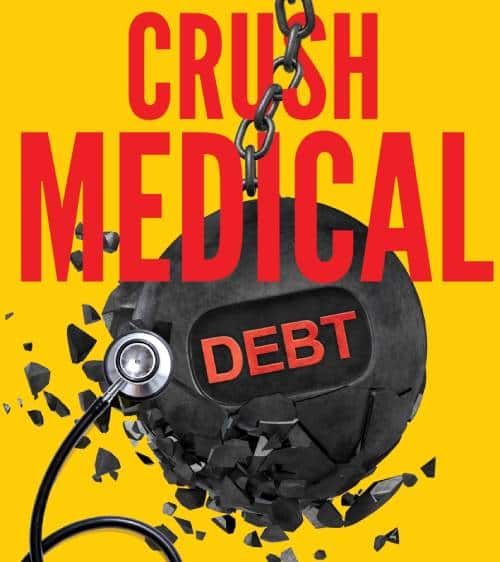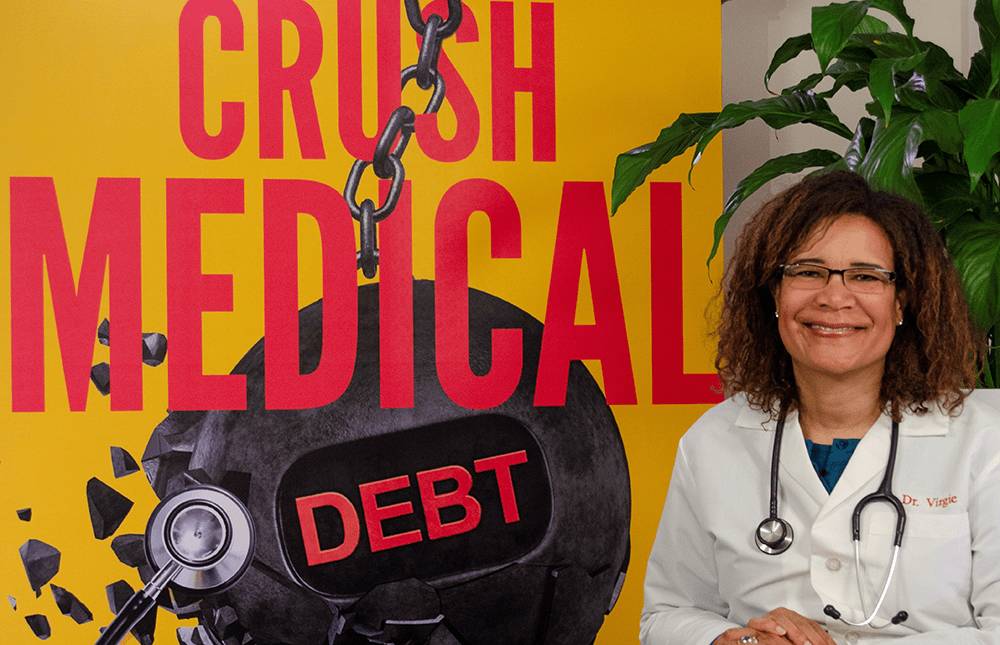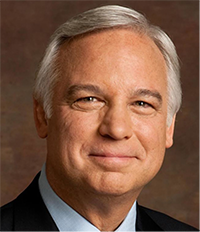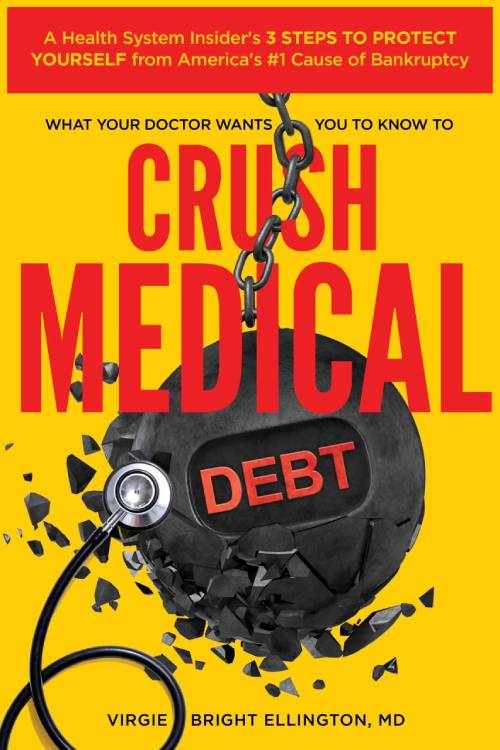
FAQS

Whenever you get a medical bill – no matter how large or small – protect yourself from getting overcharged and ruining your financial future by remembering the 3 steps of the only right way to pay a medical bill.
-
1. Call the provider’s billing department to ask for “a bill with CPT codes”.
-
CPT codes are to medical services what bar codes are to products in a store: Every U.S. medical service (test, procedure, ER visit, office visit, etc.) has a CPT code.
-
2. Google each CPT code to get a description of the billed medical service and what Medicare pays for the service.
This ensures that the services for which you’re being charged sound like what you received, meaning, you haven’t been billed for the same service twice or billed for a service you didn’t receive, for example.
Also, Medicare rates are the most fair prices to pay for medical services provided in the United States.
This is the price you’re willing to pay for the services you received.
-
3. Call back the provider’s billing department to request an interest-free payment plan that you can afford for the services you received.
For example, let’s say you determine Medicare pays only $3000 for the same services after applying the first two steps to a bill for which you’re being charged $10,000.
Also, let’s say you can only afford $50 a month to pay toward the bill.
Call back the provider’s billing department to tell them you’re able and willing to pay $3000 for the bill at payments of $50 a month for 60 months.
Look for the most basic medical insurance that you can stretch your budget to afford.
For example, if you’re age 29 or younger, you qualify for catastrophic health insurance through the federal marketplace (a.k.a. Obamacare). Catastrophic medical insurance doesn’t cover you for routine care or simple injuries or illnesses, but it can save you from financial ruin in case of an accident or event requiring hospitalization.
If you’re age 29 or older, shop for health insurance through the federal marketplace.
There are three sets of numbers to look for:
- 1. The monthly premium
- 2. The annual deductible (amount you have to spend before the insurance starts to kick in), and
- 3. The amount of coinsurance (percentage of costs you share with the insurance once you’ve met your annual deductible).
The federal marketplace levels of insurance plans are described as Platinum, Gold, Silver, and Bronze.
However, the different levels of the plans do not describe differences in best, good, or fair quality of medical coverage.
All federal marketplace insurance plans offer the same quality of healthcare coverage.
The differences are determined by out-of-pocket costs – meaning, how much the monthly premiums are and what percentage of coinsurance for which you’re responsible.
For example, Platinum plans have the highest up-front monthly premiums but the lowest coinsurance percentage for which you’re on the hook once you’ve met your annual deductible.
In Platinum plans, the insurer pays 90% of the costs for medical services; you pay 10%.
Bronze plans have the lowest premiums but the highest out-of-pocket costs when you need care – the insurance company only pays 60%; you’re responsible for the remaining 40%.
Google the facility from which you received care to determine if it is non-profit or tax-exempt.
Non-profit facilities are required to give you an application to apply for an income-based discount for the services you received.
Depending on the institution, income-based discounts are called charity care, financial aid, or financial assistance.
Many for-profit facilities also offer income-based discounts.
Once you receive an adjusted bill after the income-based discounts are subtracted, remember to apply the 3 steps of the only right way to pay a medical bill.
- 1. Call the provider’s billing department to ask for “a bill with CPT codes”.
- 2. Google each CPT code to get a description of the billed medical service and what Medicare pays for the service.
- 3. Call back the provider’s billing department to request an interest-free payment plan that you can afford for the services you received.
There are 3 big problems with using medical credit cards to pay our medical bills.
One, when we put medical bills a medical credit card, we’re skipping the first two of the 3 steps of the only one right way to pay a medical bill.
We’re not getting a real, accurate bill with the CPT codes – a.k.a. bar codes like with products in a store – and therefore, we’re likely being overcharged for services we received and/or charged for services we did not receive, which is the first two steps of the only right way to pay a medical bill.
What this means is we’re paying up to 300% to 500% to even 2000% more than what we should be when we put bills on medical credit cards.
Second, even though medical credit cards have an interest-free period of time, it’s usually only for approximately two years.
So, when interest rates rise – like now during the current economic environment – and we need longer to pay off the bill to be able to stay within our budget, the bill rises exponentially and can become even more unaffordable very quickly.
Third, the final step of the only right way to pay a medical bill is to get an interest-free payment plan with the medical facility that fits your budget – which does not get included on your credit report.
Medical credit cards can be included on your credit report, particularly if you miss payments on the card.
Whenever you get any medical bill for any care you receive – ambulance, hospital, or physical therapy, for example – always remember to apply the 3 steps of the only right way to pay a medical bill.
- 1. Call the provider’s billing department to ask for “a bill with CPT codes”.
- 2. Google each CPT code to get a description of the billed medical service and what Medicare pays for the service.
- 3. Call back the provider’s billing department to request an interest-free monthly payment plan that you can afford.
This ensures that the services for which you’re being charged are what you received.
For example, a common ambulance service mistake is billing a CPT code for non-emergent transportation when emergent transportation was provided. Because insurance never pays for non-emergent ambulance transportation, you’ll be stuck for the entire bill.







